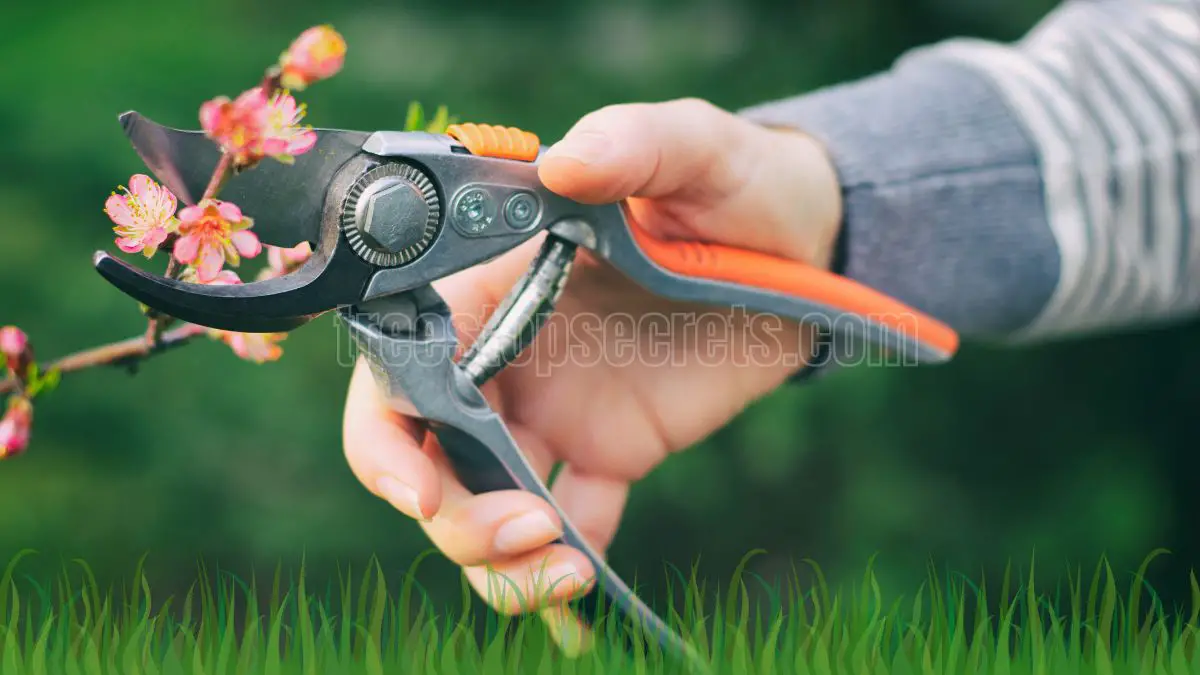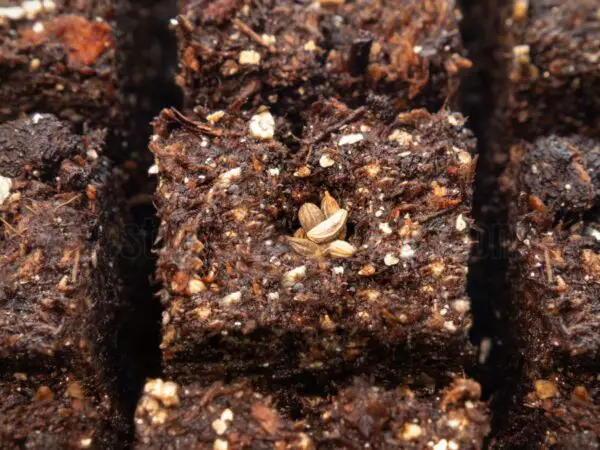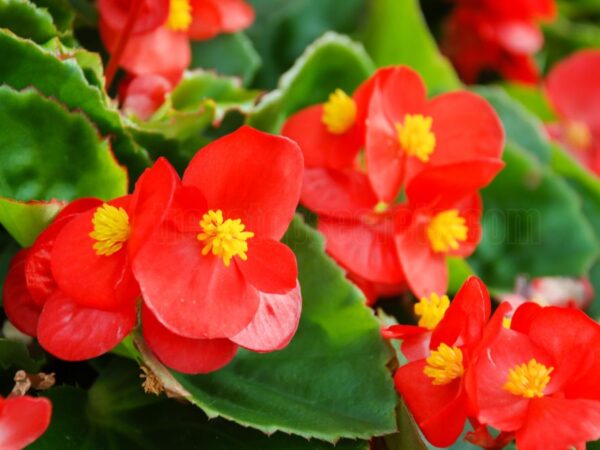Pruning peach trees is essential for healthy growth, bountiful harvests, and longevity. When done correctly, pruning helps control the shape, removes dead or diseased branches, and encourages more fruit production. In this article, we’ll guide you through simple and effective methods to prune your peach trees, ensuring they flourish season after season. Follow these steps to keep your peach trees thriving and producing high-quality, delicious fruit.
Pruning peach trees involves cutting away dead, damaged, or overcrowded branches to improve air circulation, sunlight penetration, and fruit quality. Typically, peach trees should be pruned annually during late winter or early spring when they are dormant. By removing non-productive branches and focusing on shaping the tree, you can promote healthier growth and a more abundant harvest.
Ready to transform your peach trees into thriving, fruit-producing beauties? Keep reading to discover the step-by-step process to prune your trees for the best results. Whether you’re a beginner or a seasoned gardener, this guide will give you everything you need for success. Let’s get started!
Pruning Peach Trees for Success
The Importance of Pruning
When I think about giving my peach trees a good trim, it feels like I'm setting them up for a healthy and bountiful future. Regularly giving these trees a nice haircut keeps them in good shape to bear lots of juicy peaches. It’s about finding that sweet spot between leafy growth and fruit, helping the tree stay manageable when it’s time to gather all those delicious peaches. Plus, by snipping away at any broken, sick, or useless branches, I'm making sure the tree gets plenty of sunshine and fresh air, which keeps it happy overall.
Benefits of Proper Pruning
Taking my trusty shears to the peach trees is about more than keeping them good looking. Here’s what I’ve found:
| What You Get | Why It’s Great |
|---|---|
| Bigger Harvests | Snipping here and there means a bumper crop of tasty, top-notch peaches. |
| Stronger Framework | I can nudge the tree into a shape that’s all about better fruit action, so it's sturdy and fruitful. |
| Sun and Air Galore | Cutting back branches lets in light and fresh air, which is basically plant oxygen. |
| Disease Defense | Regular trims keep disease at bay by nipping sick parts in the bud. |
Every time I pick up the pruners, I’m not just giving the tree a makeover; it's about getting it ready for a future filled with delicious fruit. Shaping them into charming forms like fans adds a bit of fun while really boosting their health and fruit potential with the light and space they’ve got to work with.
Best Time to Prune Peach Trees
Pruning peach trees at the right moment is key for their health and fruit output. Over time, I've picked up some insights on timing and seasons that make a big difference in how peach trees flourish.
Optimal Timing
I suggest not touching those pruning shears until at least February. Jumping into it too early in winter could sap the tree's resilience to cold. This could lower their chill tolerance for about two weeks. Getting this timing right is super important—prune too soon before a cold snap, and you'll risk wiping out flower buds and messing up the tree's growth and fruit production.
| Month | Suggested Action |
|---|---|
| January | Avoid cutting to keep cold resistance |
| February | Start trimming for top results |
| March | Keep an eye on new growth, tweak pruning as needed |
Seasonal Considerations
Late winter to early spring is the sweet spot for a trim. The tree's still sleeping, but you want to beat the harshest cold. This sweet timing aids in shaping the tree properly and promises a healthy fruit yield.
Consider those quirky growth habits. For example, the Standard type—get it into an Open Center or Vase Shape System, which is spot-on for form and fruit efficiency. Here's a cheat sheet for what to do per season:
| Season | Suggested Practices |
|---|---|
| Winter | Hold off on pruning; watch for frost damage |
| Late Winter | Time to shape up the tree |
| Spring | Fine-tune pruning according to new growth |
Remember, consistent pruning and shaping should get rolling as soon as you plant that tree. Doing so sets up a solid base for future growth. I've managed to keep my peach trees thriving by sticking to these tips and watching the seasons like a hawk.
Techniques for Pruning
In my peach tree adventures, I've picked up some cracking methods to help these fruit wonders reach their full potential. I'm excited to share two of my favorites with you: the vase shape approach and some nifty training techniques.
Creating the Vase Shape
Picture this: your peach tree rocking a vase shape, not because it wants to show off, but because it actually helps the tree catch more light and breathe better. It's like giving your tree a stylish haircut that also keeps it healthy.
| Feature | Benefits |
|---|---|
| Vase Shape | Boosts fruit output, keeps growth in check. |
| Light Penetration | Sunshine reaches every peachy corner. |
| Air Circulation | Keeps the tree chill and less likely to catch plant colds (aka diseases). |
Here's how I usually go about it:
- Scout out three to five top-notch branches—these are your tree's new backbone.
- Arrange 'em around the trunk like a fancy vase opening up.
- Kick out any branches that start heading toward the center—you want that airy, open vibe.
Training Methods for Peach Trees
Your peachy pals can benefit from some training, depending on their garden digs. Here are a few tricks up my sleeve:
- Fan Shape: Think of this like splaying branches out as you would a paper fan. It’s the secret to stealing every ray of sunshine.
- Compact Formation: Got a cozy garden? Try training your tree to keep things snug. Trellises and supports do wonders here.
- Tiered Step-Over Shape: This is your tree on tiers! Different height layers give all arms a shot at the sun and add a little wow to your yard.
Picking the right technique just depends on where your tree calls home.
Regular pruning's like sending your tree to the gym—it builds a strong foundation and keeps those peaches juicy and delicious. I've watched my trees bounce back stronger with these methods, and let me tell ya, there's nothing like the thrill of biting into a homegrown peach! If you're itching to try your hand at gardening, give these methods a whirl and see for yourself.
Pruning Guidelines
Okay folks, let's dig into the nitty-gritty of peach tree grooming. Pruning ain't just about snipping away at random—it's about nourishing those trees to keep 'em happy and loaded with juicy fruit. We’re focusing on two biggies: how those branches lean and where they're sprouting from, plus how to tidy up your tree like a pro.
Branch Angle and Placement
When I'm tending to my peach trees, I treat branch angles like a Jedi would handle a lightsaber: with precision and purpose. To keep the tree sturdy and fruitful, those branches need the right tilt. We're talking about a sweet spot between 45 and 60 degrees from that main trunk. Imagine it like giving your tree wings to soak up the sun… no sunscreen needed.
| Branch Type | Perfect Angle (Degrees) | Why We Care |
|---|---|---|
| Best Growth | 45 - 60 | Boosts tree strength and sunbathing time |
| Weaklings | Under 45 | Cuts down on crowding, lets the breeze through |
Now, here's the thing—those peach trees are bossy. They like growing new shoots at the tips of their branches, which might have them towering over like they're the king of the orchard. But this ego trip creates too much shade down below. My mission: trim those overly ambitious or crisscrossed branches to let in more light and air. Say hello to better fruit chances and less tree drama (Fruit Growers News).
Removing Unnecessary Growth
As I go about my pruning, I zero in on trimming away the unnecessary clutter—stuff like weakened or tangled branches, plus any dead, sickly, or bashed-up wood. These are the open invitations for sunlight and breezy days that my trees need to perform their fruity tricks.
- Thinning: I clear out the overly crowded spots so light and air can swing by more freely, avoiding any sticky situations with moisture and diseases.
- Trimming Tall Tales: When a branch tries to hit the high notes like some over-eager tenor, I cut it back to encourage a more balanced, harmonious vibe throughout the tree.
- Shaping Up: I aim for a peach tree that’s as attractive as it is productive, like shaping it into a fan or stepping stone. It’s all about boosting your fruit stash and beautifying the backyard (Atlas Tree).
Following these steps to prune, and making sure I’m keeping an eye on those rebel branches and random growth, helps set my peach trees on a solid path for the growing season. This approach gives me lush trees, bulging with fresh fruit, and a landscape that makes neighbors peek over the fence in envy.
Summer Pruning Tips
Alright, folks, let's talk summer pruning. If you're like me and you've got peach trees to nurture, you know this little task ain't just a chore—it's a game changer for top-notch growth and a juicy crop.
Summer Pruning Benefits
Now, trimming during the summer has got some sweet rewards for keeping my peach trees the pride and joy of the yard. Check out these perks:
| Benefit | What's in it for my trees? |
|---|---|
| Fruit Perfection | Give your trees a chance to shine by trimming back excess—helps them focus all that energy on tasty peaches. |
| Breath of Fresh Air | Less foliage? More breeze. Keeps those nasty bugs and diseases from setting up camp. |
| Sun-kissed Goodness | More sun on those leaves means riper fruit with that next-level flavor you're after. |
Timing and Execution
Now, don't just go hacking away. Hit the sweet spot from late June to mid-August when your peach trees are living their best lives. I jump on it during this window so my cuts can heal up quick and my trees aren't under unnecessary drama.
Here's how I tackle summer pruning:
- Sizing Things Up: Give your trees the ol’ once-over for anything messy, sickly, or downright dead. Those bits? Gotta go.
- Tools of the Trade: Sharp and clean is the name of the game with my pruning shears. Keeps everything neat and makes healing faster, like a trip to the spa for your trees.
- Clever Snipping: Target those pesky water sprouts and limbs getting a bit too friendly with their neighbors. That way, the tree looks good and stays healthy.
- Easy Does It: Don't go bananas and over-prune. A little here, a little there keeps your tree chill and shapes it up over time.
By sticking to these tips, I'm pulling in bountiful peach harvests season after season, and you can bet it keeps my trees in tip-top shape. If I'm ever scratching my head for more tricks, I hit up Fruit Growers News and Virginia Tech Extension for some good old trusty info.
Common Mistakes to Avoid
Pruning Dos and Don'ts
Pruning has its pros and cons. Let's dive into some lessons I've learned along the way. Think of this as my trusty playbook for cutting those branches:
| Dos | Don'ts |
|---|---|
| Do snip during the right time of year to boost those healthy sprouts. | Don’t go crazy on healthy branches; just cut what's needed. |
| Do build a solid backbone for your peach tree for more fruit and easier picking. (Atlas Tree) | Don’t hack off too many branches in one go. Less is more, y'all! |
| Do trim out the broken or sickly looking branches to welcome some sunshine and breeze (Extension.org). | Don’t get sloppy—cut at the right angle to avoid injury. |
| Do use thinning cuts to let the air and light do their magic on your fruits (Oklahoma State University Extension). | Don’t rush it; take your sweet time sizing up each branch. |
| Do eye the overall look of the tree and strike a balanced pose. | Don’t give the cold shoulder to its natural ways. |
Ensuring Tree Health
Keeping my peach babies in top shape involves a handful of tried-and-true practices:
- Regular Inspection: I'm on patrol, watching for any signs of trouble from bugs or blight. Spotting issues early means I can jump in fast.
- Proper Cuts: Clean cuts mean happy trees. I slice at a slight angle near a branch spot to give ’em the best chance to heal up nicely.
- Balanced Growth: Finding that sweet spot between wild growth and fruit bounty is key. A solid backbone helps with tree shaping and simplifies picking time (Atlas Tree).
- Light Penetration: Sunlight’s gotta hit every nook and cranny of the tree. Those peach trees have this bossy top-down growth pattern, but light gets those flower buds popping, making those fruits tasty (Fruit Growers News).
- Clean Tools: I always scrub my tools before and after, making sure no tree bugs hitch a ride from one tree to another.
Learning from the past and keeping these practices in mind, my peach trees have been a joy, giving juicy bites of goodness year in, year out.
Final Thoughts:
Final Thoughts on How to Prune Peach Trees Pruning peach trees is a crucial part of maintaining their health and maximizing fruit production. Regular pruning ensures your trees stay well-shaped, free of disease, and capable of producing larger, juicier peaches year after year. By following the tips outlined in this article, you'll be well on your way to enjoying a flourishing peach tree that rewards you with abundant harvests.
FAQs about How to Prune Peach Trees
Q: When is the best time to prune peach trees?
A: The best time to prune peach trees is during their dormant season, which is late winter or early spring before new growth begins. Pruning during this time helps reduce the risk of disease and ensures the tree has enough energy to heal and grow.
Q: How much should I prune from a peach tree?
A: You should remove about 40% of the tree's new growth annually. Focus on thinning out crowded branches and removing any damaged or diseased limbs. This encourages better air circulation and sunlight exposure, promoting healthier fruit production.
Q: Can I prune a peach tree in the summer?
A: Summer pruning should be limited to light thinning or removing small, non-productive branches. It's best to avoid heavy pruning during this time, as it can stress the tree and reduce fruit quality.
Q: What tools are best for pruning peach trees?
A: The most common tools for pruning include pruning shears for smaller branches, loppers for medium-sized limbs, and a pruning saw for larger branches. Ensure your tools are sharp and clean to prevent damage or spreading disease.
Q: How do I shape my peach tree when pruning?
A: Peach trees should be pruned to maintain an open center or "vase" shape. This allows better air and light penetration into the center of the tree, which promotes healthier growth and fruit development.
Image Source: Paid image from CANVA




